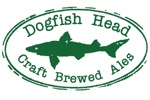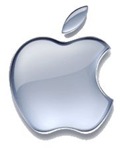
Using your differences for better recruiting.
Successful recruitment is more than simply putting together a job description and posting it out to the industry’s dominant job board. In your struggle to find top talent you need to understand two essential truths: 1.) You are different; and 2.) Your differences are what make your organization attractive.
What makes you different is your employees and the culture within your organization. If your employees are happy and say good things about your organization you’ll have an easier time recruiting top talent. If they are willing to provide testimonials, or to speak through social media channels about your organization, even better.
All employees want to work where they feel comfortable. They want to be successful within a culture that feels right to them. Beyond salary, beyond benefits, beyond the traditional, building a sense of belonging serves organizations well in recruitment and retention. When competing on salary, the company willing to pay the most wins. When competing on benefits, the company willing to pay the most wins. When competing on culture, the company that communicates the most wins.
So, if you’re struggling with bringing in top talent, maybe it’s not the salary or benefits that are the problem. Maybe you’re not providing them with the information they are looking for, “What is it really like to work there?”

























